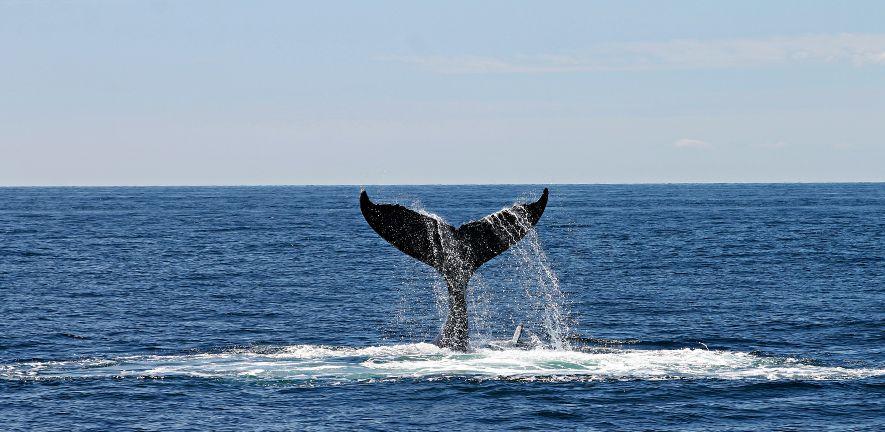
Submitted by Abigail Youngman on Fri, 06/06/2025 - 14:12
The findings of MegaMove a global UN-endorsed research project, were published this week in the journal Science. The project involved a team of nearly 400 international scientists from over 50 countries who have tracked more than 100 marine megafauna species, to identify the most critical locations in our global oceans for better marine conservation.
Current marine protection areas include only 8 per cent of the world’s total oceans, which the UN High Seas Treaty seeks to expand to 30 per cent. The project outlines the top areas for 30 per cent protection, ranking them based on their use by marine megafauna species.
The project was led by Dr Ana Sequeira at the Australian National University.
Dr Mike Brooke, Emeritus Strickland Curator of Ornithology here at the Museum of Zoology, whose research on Pacific petrels was included in the project, commented, ‘The quantity of distributional information now available from tracking studies of marine animals is simply amazing.
‘These studies of turtles, cetaceans, seabirds and more show how the critical seas are by no means adequately conserved by the current network of protected areas. Cue: more work from data gatherers like myself and from our policy-focused colleagues at the Cambridge Conservation Initiative.
He added that, ‘Exactly these issues will be discussed at next week's UN Ocean Conference in Nice, France.’
Read the paper: Sequeira, A.M.M., Rodriguez, J.P…….Brooke, M. de L………& Eguiluz, V.M. 2025. Global tracking of marine megafauna space use reveals how to achieve conservation targets. Science 2025 Vol 388, Issue 6751 pp. 1086-1097 https://doi.org/10.1126/science.adl0239
